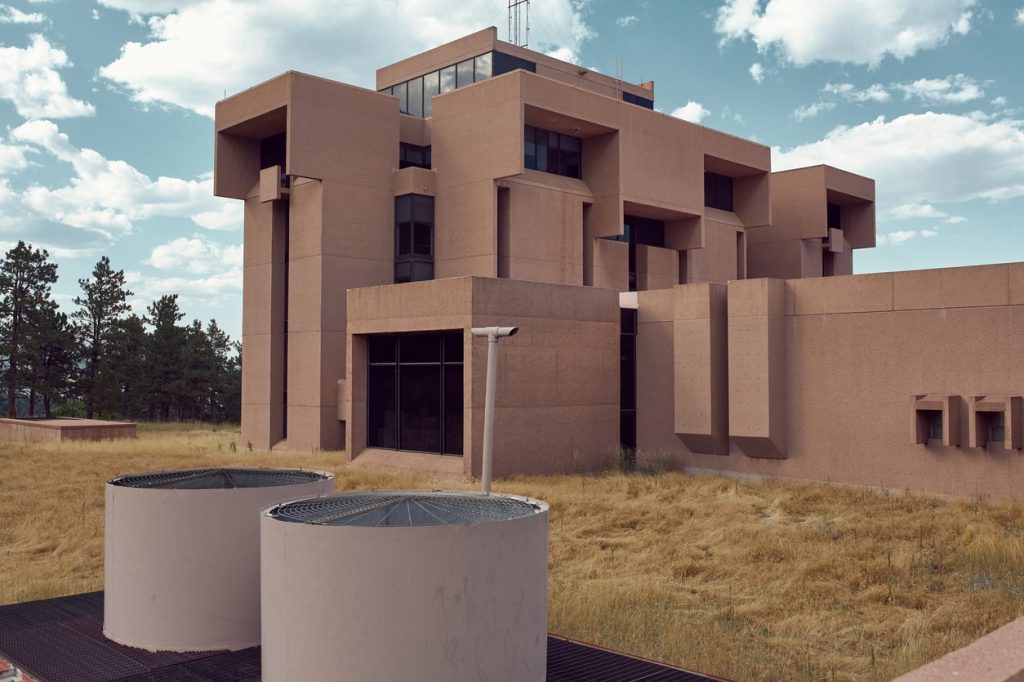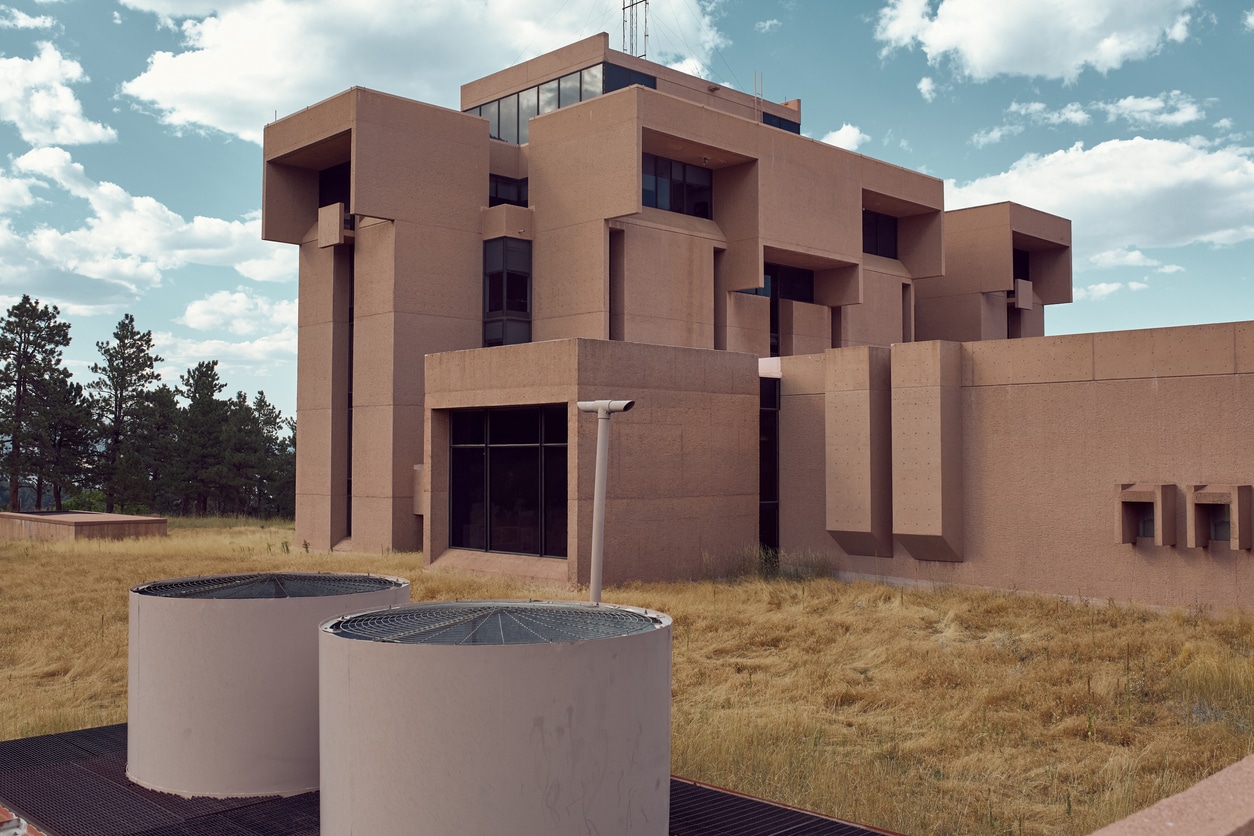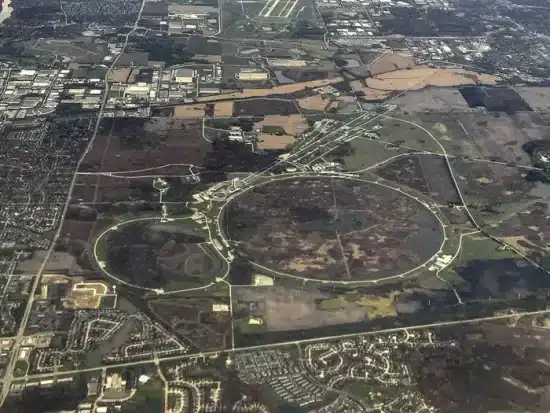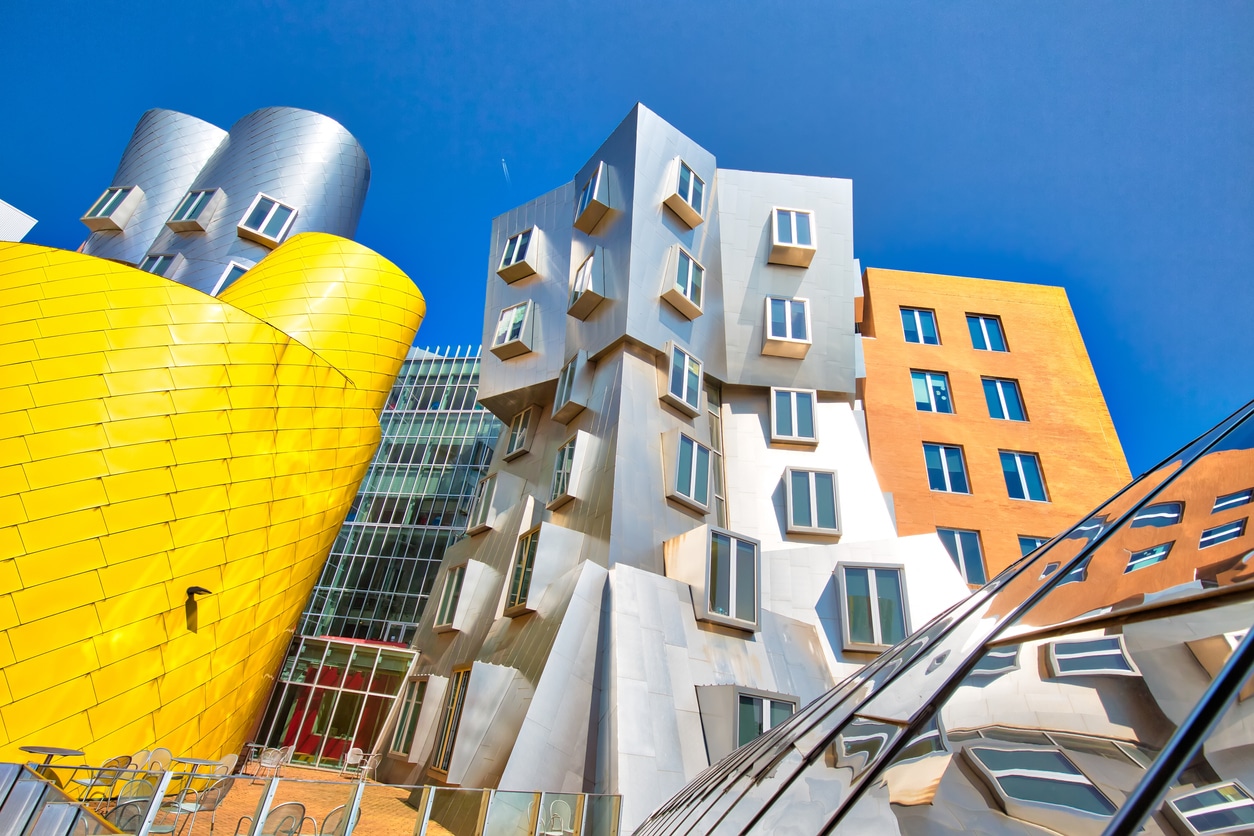Across the four corners of the globe, there are laboratories whose grand exteriors are as progressive and ground-breaking as the research going on inside them. Far from the clinical image of the stereotypical science lab, these research buildings exemplify both function and form – a testament to both the work contained within and the creative vision of the designers involved in their builds.
As a tribute to these incredible feats of engineering, we present a run through of some of the most breath-taking examples of laboratory architecture. Covering countries around the world, as well as a breadth of research fields, the staggering designs of these labs continue to impress.
From the legendary Holmdel Complex and its campus-style building to the ALBA’s space age, saucer-like appearance, some of these labs take inspiration from their surroundings and local culture. Others act as a metaphor, an extension of science’s constant move towards the future. Some even harness their designs for more than just aesthetic reasons – built in a way that’s both visually striking and environmentally friendly.
Award-winning and highly regarded in the realms of both architecture and science, these revered research facilities are boundary-pushing examples of the limitless creativity of the mind. Explore our list below and prepare to be amazed.
Bell Laboratories Holmdel Complex
Where is it?
Holmdel Township, New Jersey, USA
Who built it?
Eero Saarinen
Why it’s made our list…
Functioning for 44 years, this huge campus-like building housed over 6,000 scientists at one point. A modernist splendour, it’s been called “the Biggest Mirror Ever”, with its impressive exterior being studied in universities around the world as a prime piece of architecture. In fact, it won Laboratory of the Year by R&D Magazine in 1967 – five years after the building was completed.
The lab has some serious scientific credentials too. You won’t be surprised to hear that such an incredible lab has seen more than a fair share of Nobel Prize winners walk through its doors over the years.
 The Mesa Laboratory
The Mesa Laboratory
Where is it?
Boulder, Colorado, USA
Who built it?
Ieoh Ming Pei
Why it’s made our list…
As befits its Rocky Mountain home base, The Mesa Laboratory took inspiration from the Anasazi, a Native American culture that lived in the area as early as 7000 BC. In fact, it seems to resemble a modern block of apartments than a science lab built in 1967.
A centre for Atmospheric Research, it won Industrial Research Magazine’s Lab of the Year in 1967 b, while in 1997, it was also awarded the Colorado Chapter of the American Institute of Architects’ 25 Year Award. Such an award is bestowed to buildings which continue to serve their original function and have withstood the “test of time” over a 25- to 35- year period. We reckon it still looks as good as the day it was built.
It’s even got some silver screen credits too, appearing in Woody Allen’s cult 1973 film Sleeper.
The Atlas Building of Wageningen University and Research Centre
Where is it?
Wageningen, The Netherlands
Who built it?
Rafael Viñoly Architects
Why it’s made our list…
An imposing-looking building, and one of the Wageningen campus’ most distinctive constructions, the incredible lattice formation that surrounds the building supports the entire structure. This exoskeleton eliminates the need for columns, while the many windows bathe the whole lab in plenty of natural lighting.
Originally, the lattice design was meant to act as a trellis so that the building would become overgrown with climbing plants. However, when no plants big enough to cover the 11,000-square-metre building could be found, it was left to stand in all its impressive tessellating glory instead.
ALBA
Where is it?
Catalonia, Spain
Who built it?
Eduardo Talon Cortiñas
Why it’s made our list…
This circular laboratory (which means “sunrise” in Spanish and Catalan) features an undulating chrome roof that was designed to look like a shell embedded in sand. But undeniably, its rounded metallic look certainly brings to mind flying saucers from old sci-fi films too. A synchrotron research facility, it’s a source of electromagnetic radiation – the only one of its kind in the country.
Taking 10 years of planning and design work alone, its spaceship-esque look continues to impress.
Wilson Hall, Fermilab
Where is it?
Batavia, Illinois, USA
Who built it?
Alan H. Rider
Why’s it made our list…
Created as a “cathedral of science”, the Fermilab’s Wilson Hall is a part-Gothic, part-Brutalist institution that features two sloping towers as part of its design. Designer Alan H. Rider’s architectural alacrity is on display too, with several of his works surrounding the site.
Elsewhere, those lucky enough to visit can also witness all manner of spirals, scalloped roofs, and fanciful geometrical flourishes throughout the building. Even the power lines that run into the complex were designed to look like the Greek letter pi.
A deft balance of art and science whose eccentric, idiosyncratic look has impressed ever since it was completed in 1974.
i.lab
Where is it?
Bergamo, Italy
Who built it?
Richard Meier & Partners
Why it’s made our list…
Characterised by its large arrow-like canopy, the V-shape of this Italian lab suggests a move into the future – both in terms of architecture and research progress. Its design harnesses recycled and locally produced materials too, allowing for a look that’s both aesthetically pleasing and environmentally friendly. Seriously: the white concrete used in its design breaks down pollutants in the air. This means its self-cleaning properties will ensure it will always remain brilliantly white.
As if that wasn’t enough, its photovoltaic and solar panels, along with its geothermal walls, allow it to generate its own heating and cooling.
LaTrobe University Institute for Molecular Science
Where is it?
Melbourne, Australia
Who built it?
Lyons Architects
Why it’s made our list…
Home to the university’s chemistry, biochemistry and genetics research departments, this awe-inspiring lab’s cell-like outer structure may be blue and red, but there’s a green streak running through its design too. With sunshades to reduce light and glare, natural temperature control and a water-harvesting system, the environment lies at the heart of this unbelievable lab’s entire design.
It’s not just the innovative exterior the lab is known for either. Inside, scientists are hard at work solving a range of global problems, from cancer research and viral infections to nanoscience and molecular design.
European Southern Observatory
Where is it?
Garching, Germany
Who built it?
Hermann Fehling & Daniel Gogel
Why it’s made our list…
Not to take away from its impressive design, but the ESO’s undulating build has more than a look of the fidget spinner about it, consisting of three circular segments that house a library, conference room and meeting areas. But the comparisons stop there. Its energy consumption is also remarkably low for a building of its size, a combination of form and function that adds to the breath-taking design.
And as an observatory, it allows astronomers from around the world to get to the bottom of some truly incredible questions. What are black holes? Are we alone in the Universe? How did we get to be here? It’s all in a day’s work for scientists working here.
 The Massachusetts Institute of Technology’s Stata Center
The Massachusetts Institute of Technology’s Stata Center
Where is it?
Cambridge, Massachusetts, USA
Who built it?
Frank Gehry
Why it’s made our list…
A prize-winning feat of design, this academic complex may divide opinions, but there’s no doubt its deconstructivist composition stands in a league of its own. Angular and almost precarious, teetering sheets of aluminium contrast with orange brick, appearing to collapse in on itself and make it seem like it could topple at any second. Creative and brave, it’s been said the look is a metaphor for the forward-thinking research contained within and comes from the design mind of Frank Gehry, the architect responsible for Bilbao’s Guggenheim Museum, Paris’ Louis Vuitton Foundation, and many more of the world’s most iconic buildings.
The Health Sciences Education Building at University of Arizona
Where is it?
Tucson, Arizona
Who built it?
Ayers Saint Gross
Why it’s made our list…
Inspired by the canyon formations that are found across the state, the Health Sciences Education Building is a stylised, bold construction that invokes the sweltering desert heat percolating throughout Arizona. It should perhaps come as no surprise, then, that it’s won more than its fair share of awards, bestowed by bodies as prestigious as the American Institute of Architects.
Made from native Arizona copper, the exterior’s jagged, intricate folds actually help to provide protection from the surrounding desert sun, keeping those working inside cool during their medical research.
While we can’t alter your lab’s exterior, we hope these awe-inspiring labs have inspired you to think about where you work. However you plan to use your laboratory, InterFocus can help you create the perfect working environment. For more information about our bespoke fitted labs, visit our homepage or call our team on 01223 894 833.


 The Mesa Laboratory
The Mesa Laboratory
 The Massachusetts Institute of Technology’s Stata Center
The Massachusetts Institute of Technology’s Stata Center

